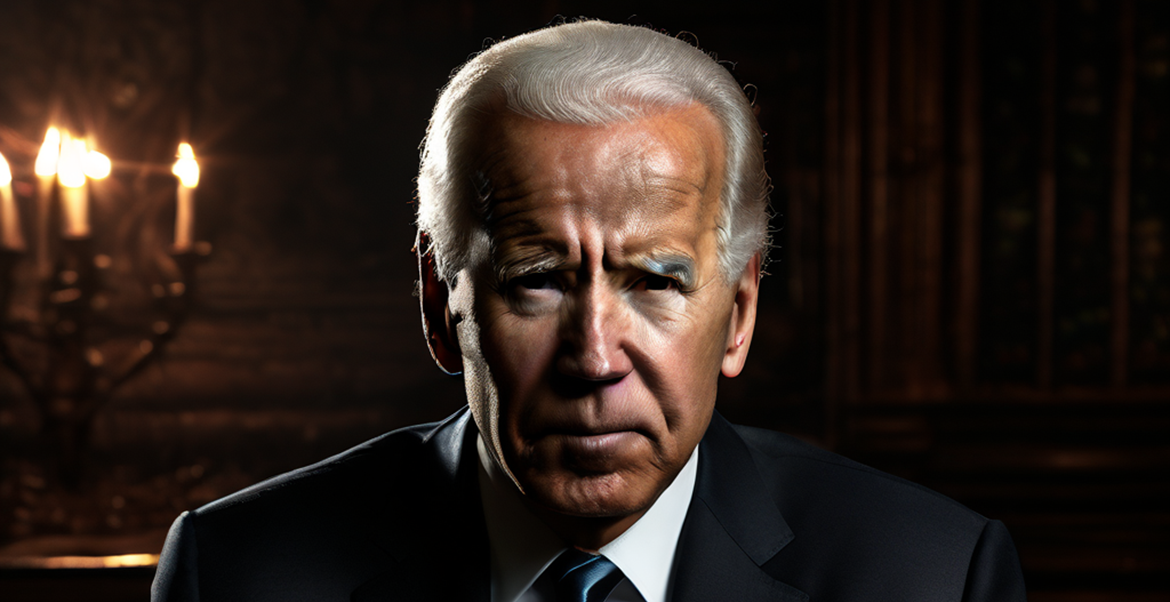“Give me liberty, or give me death!” Patrick Henry’s famous words echoed through the halls of history, but they were not the only rallying cry that fueled the American Revolution. Behind the scenes, another force was at work: Christian Nationalism. And at the forefront of this movement was George Washington, the first President of the United States.
What Christian Nationalism Is
Christian Nationalism is a political ideology that combines Christianity with national identity. It is characterized by the belief that America was founded as a Christian nation and that the Christian faith should play a central role in shaping the country’s laws, culture, and politics. Some believe that Christian Nationalism is a positive force that unites the country under shared values, while others argue that it is a divisive and exclusionary movement that marginalizes religious minorities.
George Washington, the first President of the United States, can be considered the original Christian Nationalist. He was a devout Anglican, and his faith played a significant role in his life and political career. Washington’s speeches and writings are filled with references to God and the divine providence that guided the American Revolution.
How Washington’s faith influenced his leadership and decisions
In his inaugural address, Washington declared, “No people can be bound to acknowledge and adore the Invisible Hand which conducts the affairs of men more than those of the United States.” This statement reflects his belief in God’s guidance and the importance of faith in shaping the nation’s destiny.
Washington’s leadership also drew from his Christian values. He famously said, “I walk on untrodden ground. There is scarcely any part of my conduct which may not hereafter be drawn in precedent.” This quote demonstrates his commitment to setting a good example for future generations, a value that is deeply rooted in Christian teachings.
The influence of Christian Nationalism on the founding
The influence of Christian Nationalism can be seen in the founding documents of the United States. The Declaration of Independence, for example, refers to “the Laws of Nature and of Nature’s God,” and the Constitution mentions “the Year of our Lord” to indicate the date of its adoption.
Moreover, many of the founding fathers were devout Christians, and their faith played a significant role in shaping the country’s values and principles. This is evident in the First Amendment, which guarantees religious freedom, and in the emphasis on liberty and individual rights that is central to the American political system.
Christian Nationalism and its role in modern politics
While Christian Nationalism has played an important role in American history, its influence in modern politics is a subject of debate. Some argue that it is a positive force that unites the country under shared values, while others worry that it is a divisive and exclusionary movement that marginalizes religious minorities.
The key to understanding the role of Christian Nationalism in modern politics lies in the balance between religious freedom and the separation of church and state. The First Amendment to the United States Constitution guarantees that “Congress shall make no law respecting an establishment of religion, or prohibiting the free exercise thereof.” This principle is essential to maintaining a diverse and inclusive society that respects the rights of all individuals, regardless of their religious beliefs.
Final Thoughts
George Washington was the original Christian Nationalist. His faith played a significant role in shaping his leadership and decisions, and his legacy continues to influence American politics to this day. As we grapple with the role of Christian Nationalism in modern society, it is essential to remember the lessons of history and the importance of maintaining a balance between religious freedom and the separation of church and state. By understanding our past, we can better navigate the challenges of the present and work towards a more united and inclusive future.
George Washington Praying at Valley Forge Art Print





